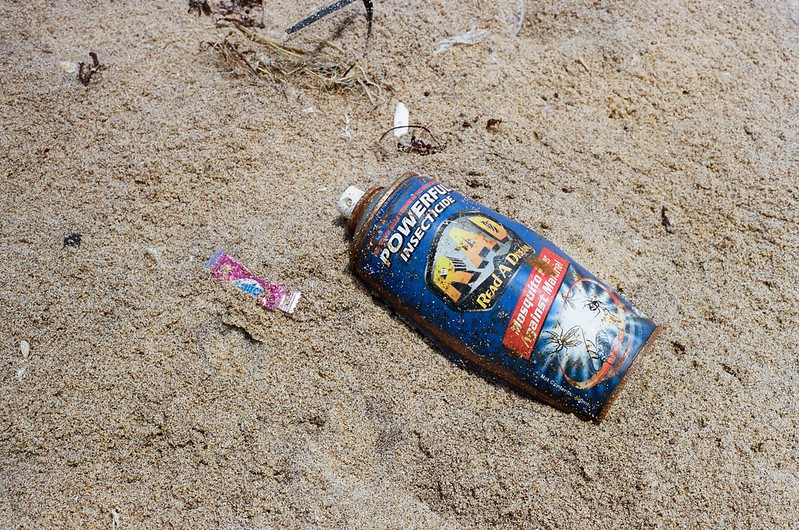In Appalachian Kentucky, drug users’ difficulty accessing unregulated markets may be driving the uptake of a novel psychoactive substance in proportions comparable to the region’s cocaine use, according to the first known epidemiological report on its prevalence.
Between February 2018 and April 2019, one in six participants involved in a University of Kentucky study surveying 278 drug users reported that they had recently used “wasp dope”—or crystallized insecticide containing pyrethroid, a synthetic similar to a naturally-occurring chemical found in chrysanthemum flowers. It’s also called “wasping.”
That rate (16 percent) was only a little less than the subjects’ use of the well-established drug cocaine (20 percent).
The people using wasp dope may indicate a common context for its use. People who use meth, particularly those injecting it, and people lacking basic necessities, namely housing and transportation, are most associated with wasp-dope use. While misleading, factually-questionable news media reports have framed wasp dope as an absurd drug trend, the research team, led by Dr. April Young, believes that “limited affordability and accessibility of pure methamphetamine” is driving its use.
On the one hand, people who sell drugs may be cutting methamphetamine with wasp dope—as is done with other adulterants, from caffeine to fentanyl. That’s how Young and her colleagues were clued into the issue in the first place: In September 2018, study participants and drug-using advisory board members reported that their meth sellers were adulterating the supply with wasp dope. They were not aware of its presence until they experienced “adverse effects.”
Wasp dope could “increase profit margins” for drug sellers, as Young suggested in a press release, but its presence could be “unbeknownst to the people who use it until they experience the unpleasant effects.”
On the other hand, meth users may simply be unable to access their preferred drug. “[P]eople may switch to wasp dope from methamphetamine when they become unable to afford the latter and grow desperate,” said Young.
In one 2019 case reported by Dr. Sheryl Fleisch and Jennifer Darnell of Vanderbilt University Medical Center in Nashville, Tennessee, an unhoused 56-year-old who frequently injected meth couldn’t afford to purchase more due to cost, and subsequently was given a combination of meth and wasp-dope by a friend. The researchers noted that had been his “first time” and “was fearful of the adverse effects and said he did not intend on using it again.”
A public health response may be needed to reduce the harms associated with wasp dope. The exact effects of pyrethroid on the body, in combination with meth or other drugs, are unclear. Possibilities include “salivation, hyperexcitability, [twitching], and seizures.”
Young identified drug checking tailored to pyrethroids as a potential user-level intervention. It could function as “a tool to curb unintentional” use, similar to fentanyl test strips.
Women already seem to benefiting from a de facto drug checking service: their male partners, who tend to test their supply for “purity and strength before sharing.” The University of Kentucky researchers suggested that this could in part explain the reportedly mostly male wasp-dope use.
The findings of Young’s study should not be over-generalized. For one, the numbers of wasp-dope users may not be capturing the true prevalence; participants were only reporting suspected use, not toxicologically verified use. Additionally, the rural context of the study participants, which shapes meth availability and pricing, may be a factor that increases prevalence.
Historically, supply-side police crackdowns have fueled the emergence of cheaper higher-risk alternatives and adulterants. Such was the case with the prohibitionist response to historic opioid-involved fatalities: As patients were cut off prescription opioids, some turned to illicit heroin. When the unregulated supply came under increasing pressure, the synthetic opioid fentanyl was introduced, now driving fatal overdoses in the United States.
Photograph of a can of insecticide by uncoolbob via Flickr/Creative Commons





Show Comments